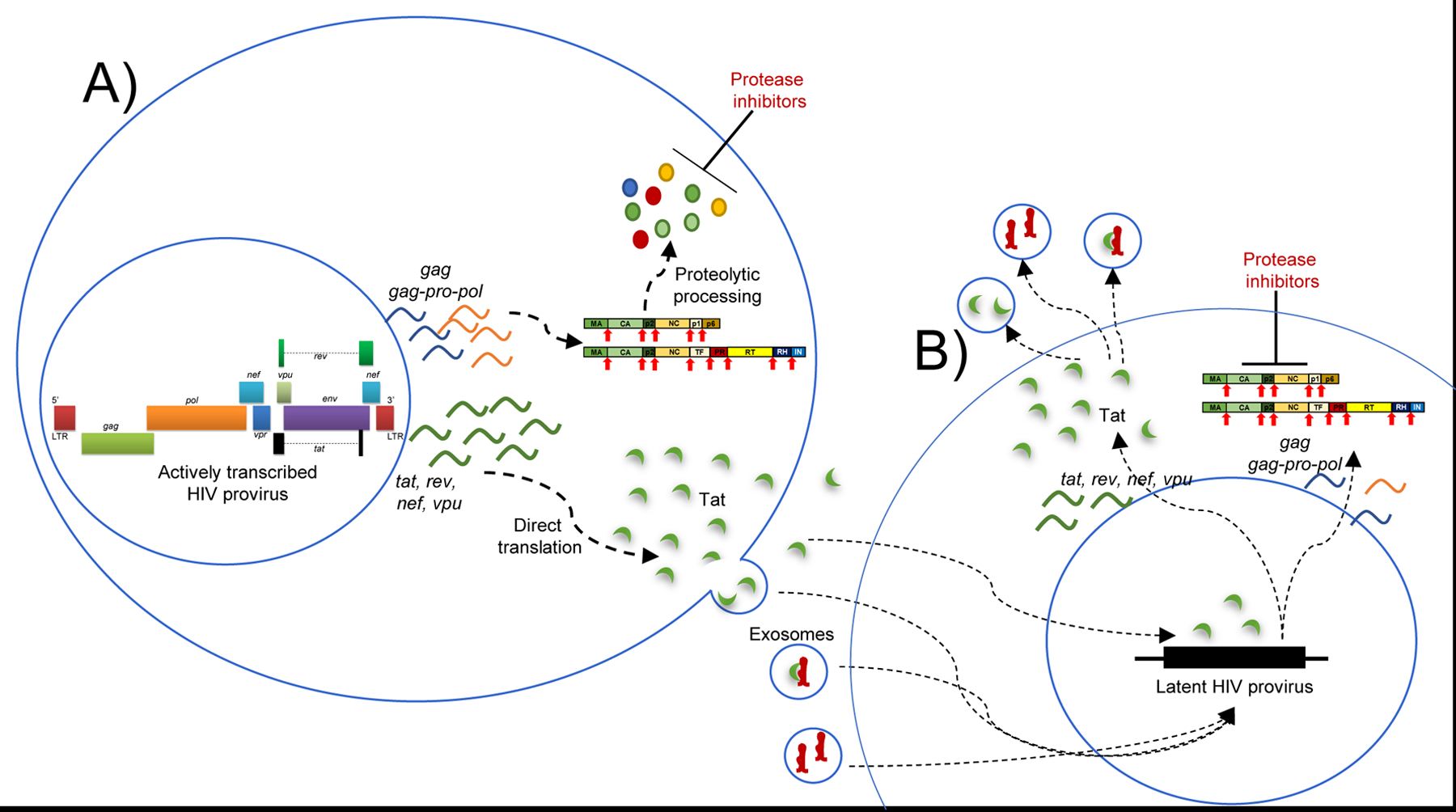Figure 5. Model depicting possible mechanisms of elevated Tat levels in the presence of antiretroviral therapy.

A) in a cell that contains an integrated, actively transcribed provirus, protease inhibitors prevent cleavage of HIV polyproteins (Gag-Pol), abrogating assembly and release of new virions. However Tat, which does not require cleavage by the viral protease, may continue to be transcribed, translated and released from the cell. Tat can be secreted directly into the extracellular space, or it may be packaged into exosomes. TAR RNA, which is also transcribed under treated conditions, is also packaged into exosomes alone or in addition to Tat. B) Tat- and TAR-containing exosomes can be endocytosed by other uninfected or HIV-infected cells to cause altered signaling. In HIV-infected cells which contain an inactive (latent) provirus, exogenous Tat can reactivate the latent provirus via induction of host signaling pathways such as NF-κB and transactivation of the HIV LTR. Productive replication is blocked in the newly transcribing cell due to the presence of protease inhibitors, but Tat protein and TAR RNA are produced and can be packaged into exosomes for delivery to other target cells.
